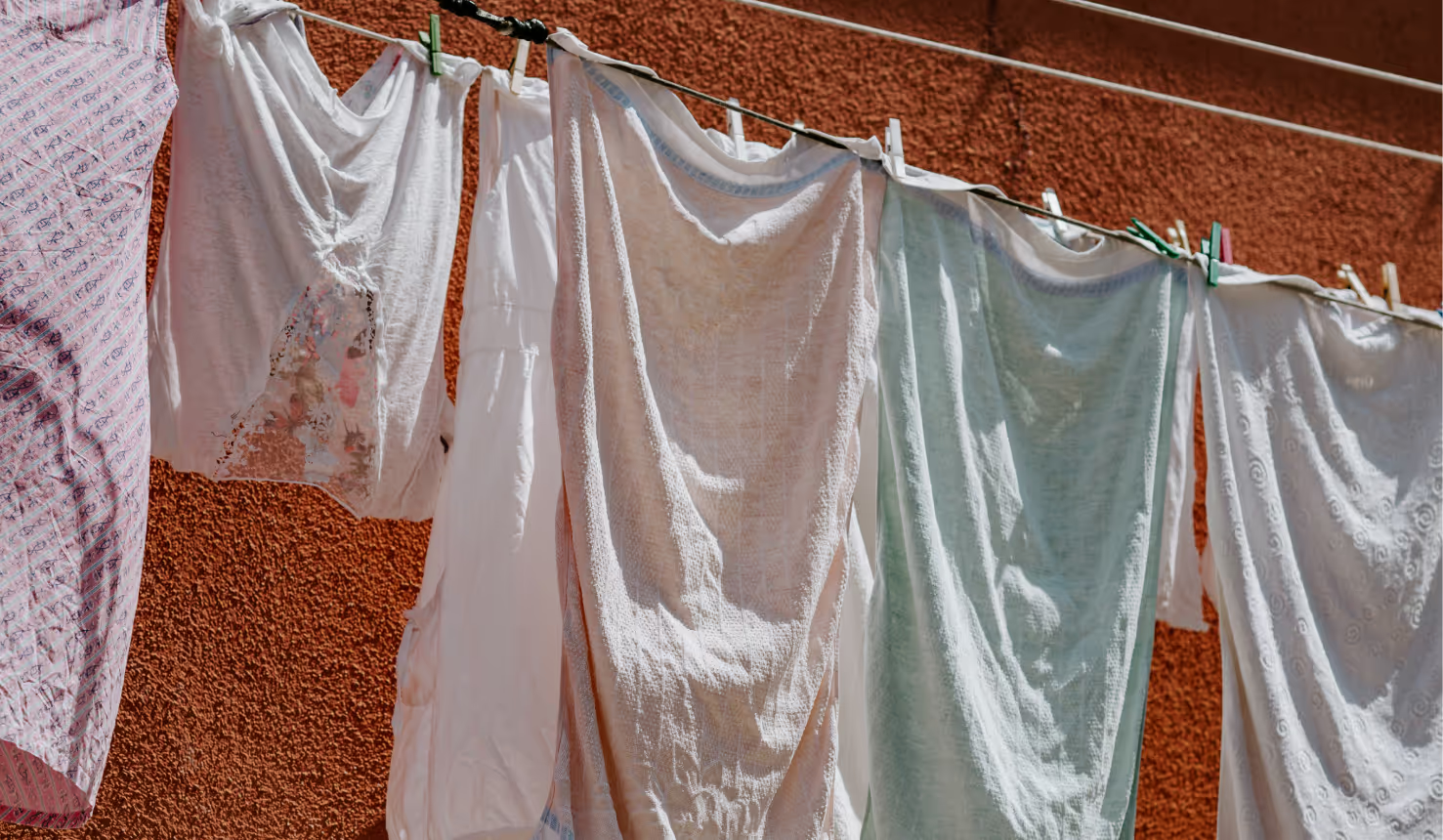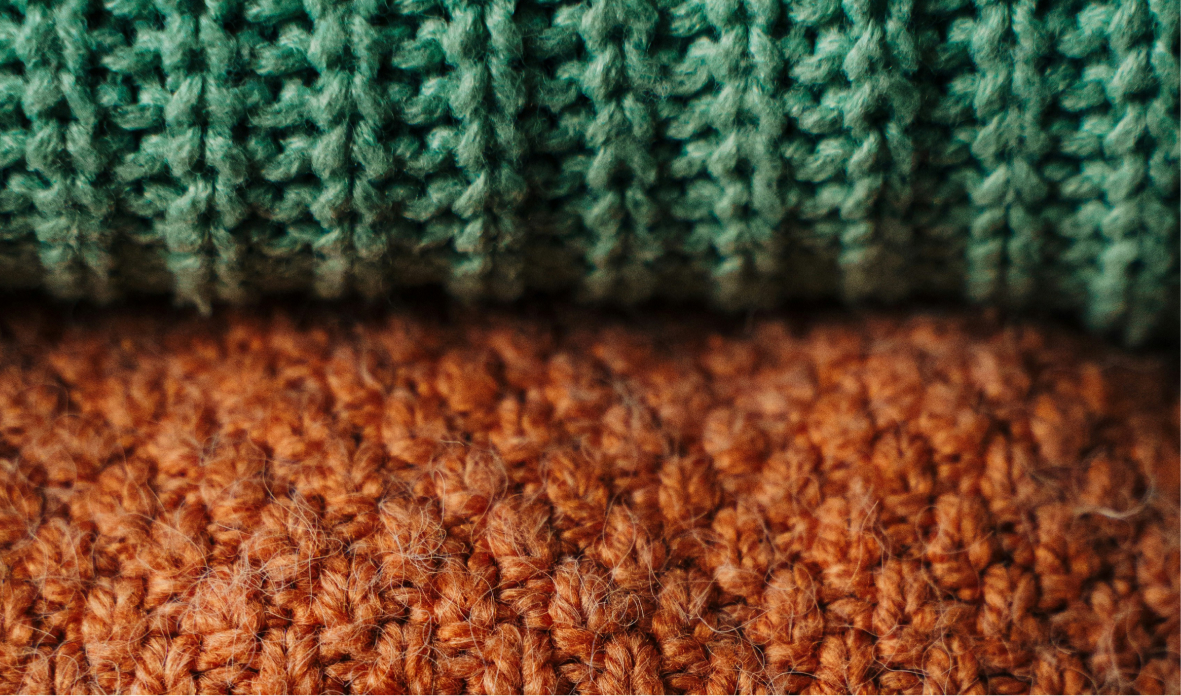What Are Natural Fabrics? 7 Examples

Join the community





Natural fibers are made from plants or animals. For example, cotton is made from the cotton plant, and linen is made from flax. In comparison, synthetic fabrics like nylon and polyester are made from plastic.
Synthetic fibers and fabrics are used for various reasons: They can be water-resistant or sweat-wicking, they can add stretch to fabrics, and they’re often cheaper than natural fabrics.
Synthetic fabrics aren’t the most sustainable choice because they’re made from fossil fuels, and they shed microplastics when we wash them. In fact, synthetic fabrics are responsible for 35% of microplastics in the ocean. Plus, synthetic fabrics are much more difficult to recycle.
Choosing natural fabrics, especially ones made from sustainable agricultural practices that conserve water and promote biodiversity is an important strategy for building a pro-plant closet. Shopping for natural fabrics is also a great way to find alternatives to fast fashion — an industry that relies heavily on polyester.
There are several sustainable fabric alternatives to synthetic fabrics that can help reduce the environmental impact of the fashion industry. These alternatives are often made from natural or renewable materials and are designed to be more eco-friendly.
- Organic Cotton: Conventional cotton is known for its heavy use of pesticides and water, while organic cotton is grown without synthetic chemicals, using methods that prioritize soil health and water conservation.
- Hemp: Hemp is a fast-growing plant that requires minimal pesticides and water. It produces strong fibers that can be used to create durable fabrics.
- Tencel (Lyocell): Tencel is made from sustainably sourced wood pulp, typically from eucalyptus or bamboo. The production process uses a closed-loop system that recycles water and solvents.
- Bamboo: Bamboo fabric is derived from bamboo pulp and is known for its softness and breathability. However, the environmental impact of bamboo fabric can vary depending on the production methods used.
- Wool: Wool is a natural fiber that can be sustainable if sourced from responsibly managed sheep farms. Look for certifications like "Certified Organic" or "Responsibly Sourced" to ensure ethical practices.
- Linen: Linen is made from the flax plant and requires fewer pesticides and water compared to other crops. It's known for its breathability and natural texture.
- Recycled Fabrics: These fabrics are made from recycled materials, such as recycled polyester (rPET) or recycled nylon. They reduce the demand for new raw materials and help divert waste from landfills.
When considering sustainable alternatives, it's important to look for certifications such as Global Organic Textile Standard (GOTS), OEKO-TEX Standard 100, and others that verify the environmental and ethical standards of the fabric. It's also important to consider the overall lifecycle impact of the fabric, including factors like energy consumption, water use, and potential for recycling or composting at the end of its life.










.png)


